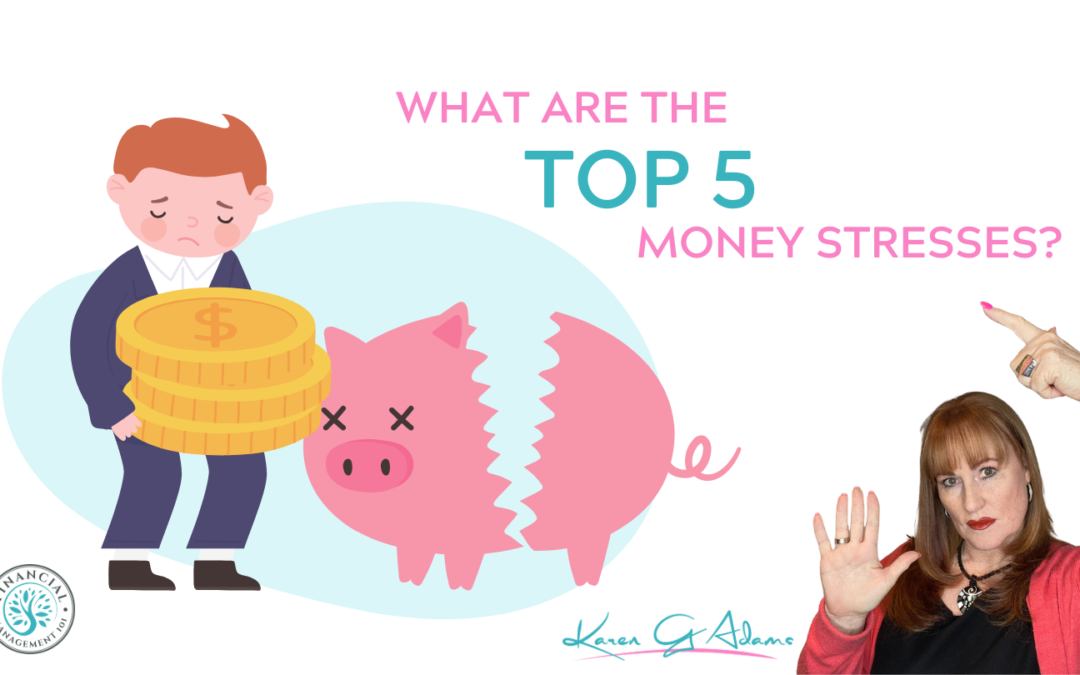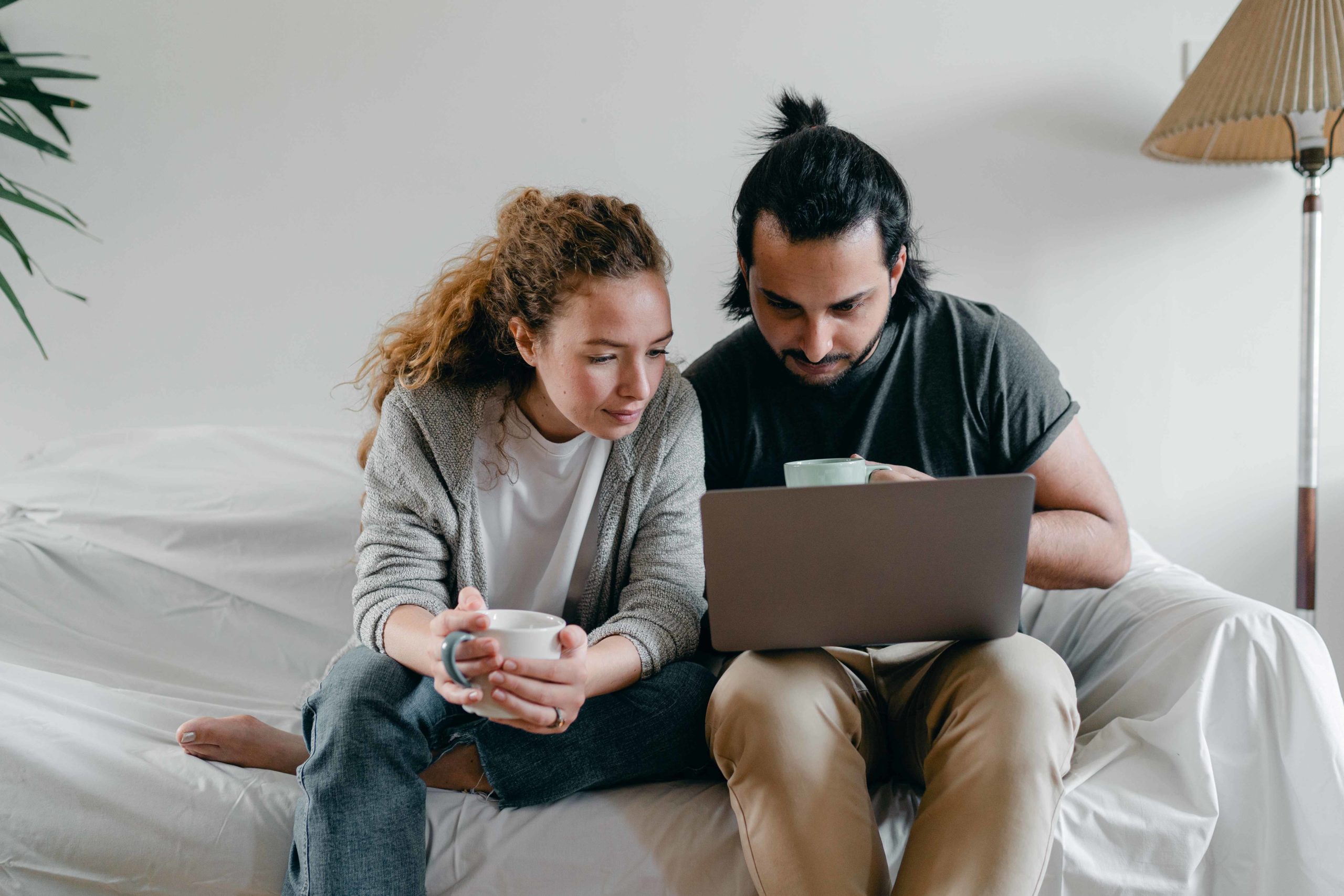
Struggling with the high cost of living?
Here are 9 ways to make your dollar go further and relieve some stress.
If you are looking for ways to tackle the rising cost of living, here are some things you can do TODAY to put money back into your pocket. Every dollar saved can make a difference!
1. Take a look at your major costs.
When times are tight, it can make a world of difference to take a look at your subscriptions, recurring payments, gym memberships, and even your home, car, and health insurance. We recently went through the process of reviewing all our insurance policies, and we were actually surprised that we were able to save money and cut down on areas where we were over insured. As life changes, you need to review the major expenses in your household and see if you’re paying for things that you needed years ago but don’t now.
2. Look at how you’re paying for things.
You could save money in the short term by switching some of your subscriptions or payments from monthly to yearly, or you could temporarily reduce your spending by putting these items on hold to free up some cash in the short term. Once you have more surplus cash, go back to yearly payments for subscriptions, as you can get a deal or save by paying for the full year.
3. Check your home loan rate.
If you want to save money, your home loan is a great place to start. Now is the time to review your home loan if you haven’t already. There are many features within your home loan that can make a BIG difference to the interest portion your bank or lending institution charges at the end of the month. One example is that if you have an offset or redraw facility, learn how to maximise to take full advantage of how using these can save you money on your regular mortgage repayments.
4. Review your online streaming services.
I often review my online streaming services to see if we’re using them as often as we think and a month back cancelled those that I barely used. There are so many out there, and do you really need them all? By cutting down on one or two, you could save up to $20 – $30 per month, and that’s a big saving when money is tight. So think about canceling subscriptions to some of the streaming services you no longer regularly use.

5. Cut down on take-away food
One of the biggest expenses for most households is buying takeout. Take away food outlets are a time saver for busy people, but they are one of the biggest expenses in many households. By saving $50 – $100 per month and not buying takeaway food, this can make a huge difference to your bank balance and can be used to pay down potential credit cards or other debt, which in the end will enable you to have more cash flow.
6. Plan your meals and think outside the box.
Sorry to be the bearers of bad news, but it is true: sticking to a reasonable meal plan can save you dollars at the checkout. Make a week long menu with everything from breakfast to dessert planned out, and include the family in what they’d like to eat. By getting them involved in the process, they are more likely to enjoy the food you’re cooking. Make it a family event and teach your kids the power of saving by preparing and cooking meals the whole family will enjoy. Cook a little extra and freeze it, so on the days when you don’t feel like cooking and want to order take away, you can grab what you cooked the week earlier for dinner or lunch.
7. Shop for groceries online.
You can stick to your budget and meal plan when you shop for groceries online. Wednesday is a good day to shop at the supermarket because that is when many stores update their weekly specials.
8. Look at separate spending and savings accounts.
With your regular bills, put aside a set amount for your ongoing expenses into a separate account and have them directly debited from that account so they are paid automatically without you having to think about it. All you need to do then is put regular money into that account at payday to ensure the amount is in there when the bills are due.
By having a separate spending account for bills, this stops you regularly dipping into your savings for non-essentials
I have more information on how to manage your spending and savings and you can find this in the “Learning Hub” at financialmanagment101.com.au
9. Compare petrol prices
And last but not least, the costs of fuel today are so high that it’s sucking every dollar from you just to fill up your tank today!
There are apps that you can get on your smart phone to check daily fuel prices, so I would encourage you to do this when your tank is around ¼ – ½ left to go, so you don’t fill up at the last minute and have to pay a higher price.
Want more help managing your money? Then check out this course that helps you budget and save your hard earned money.



















